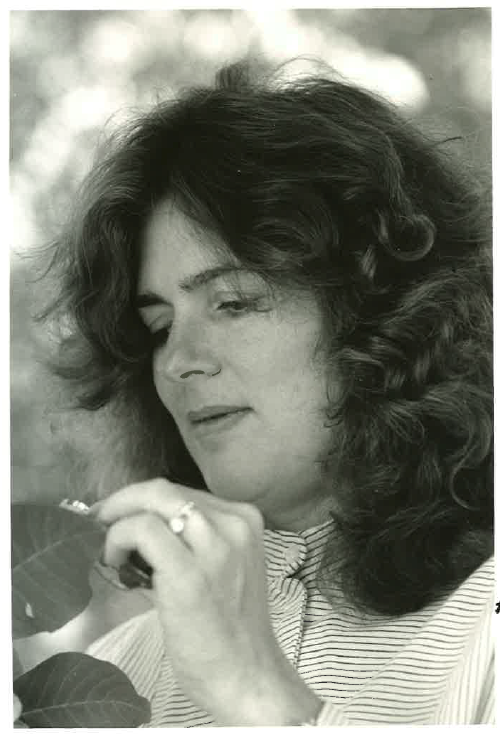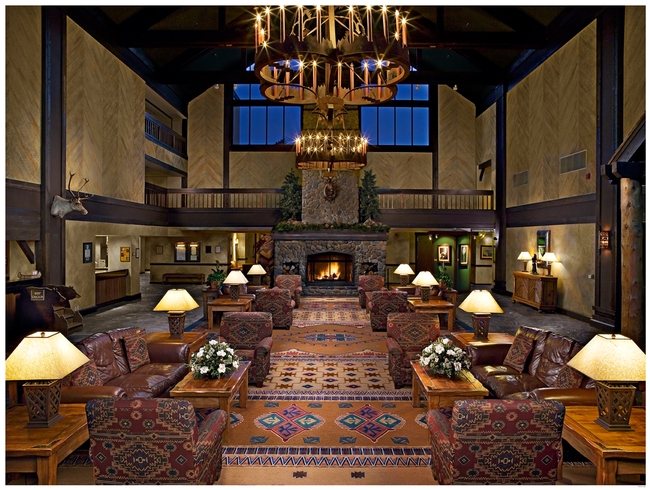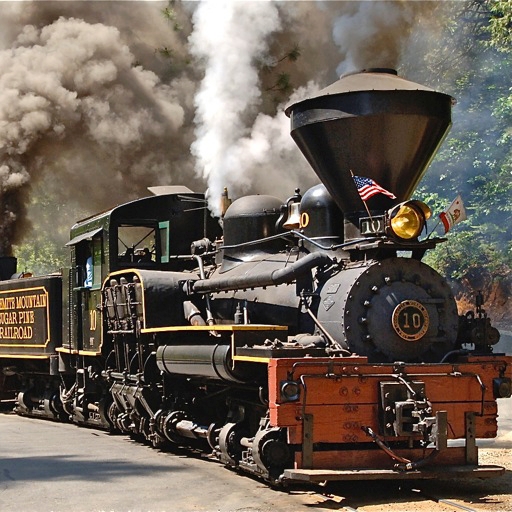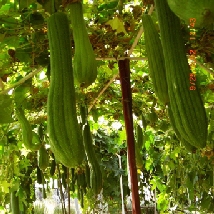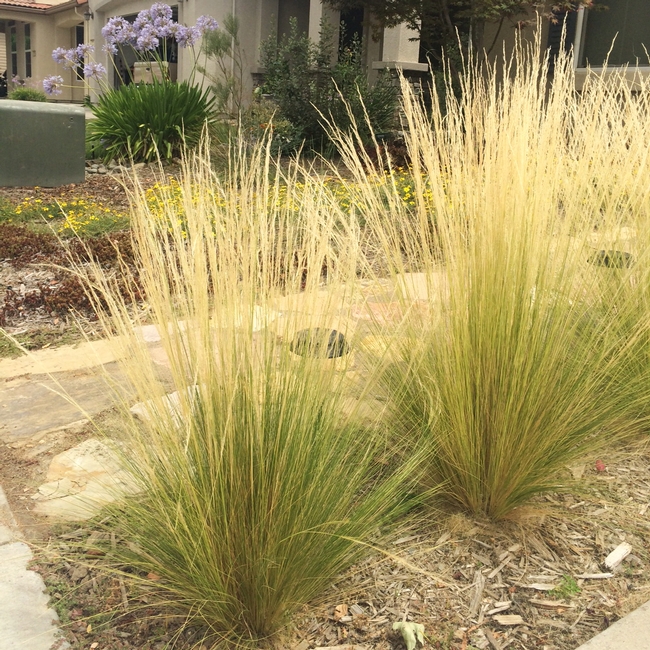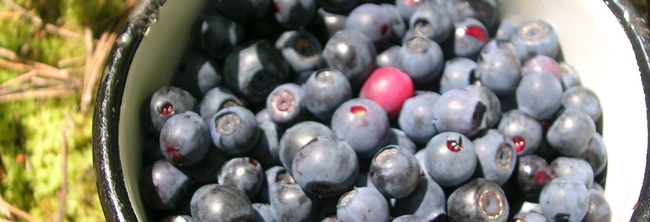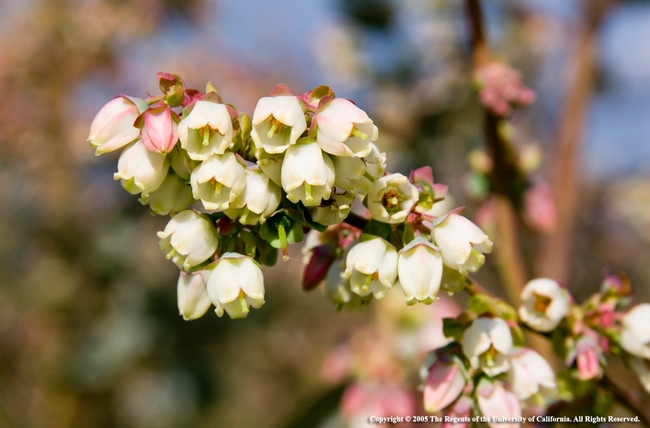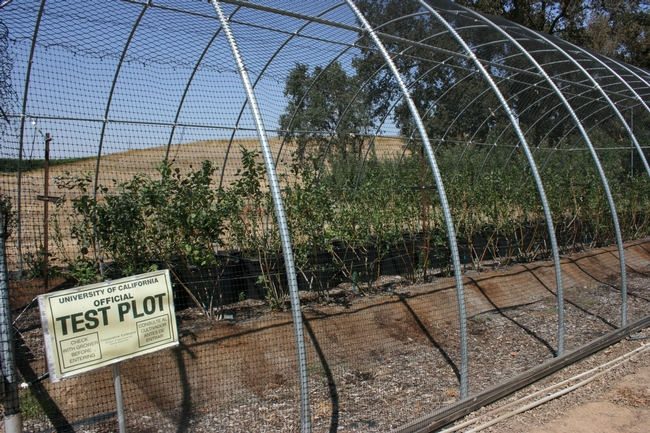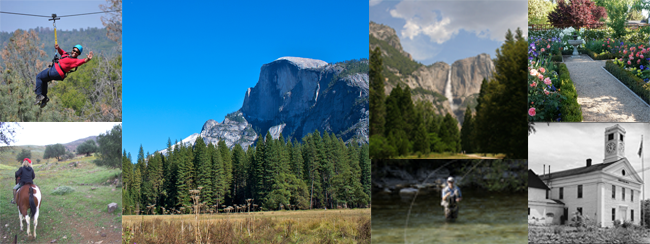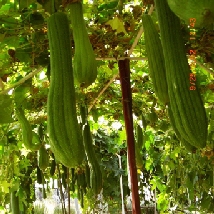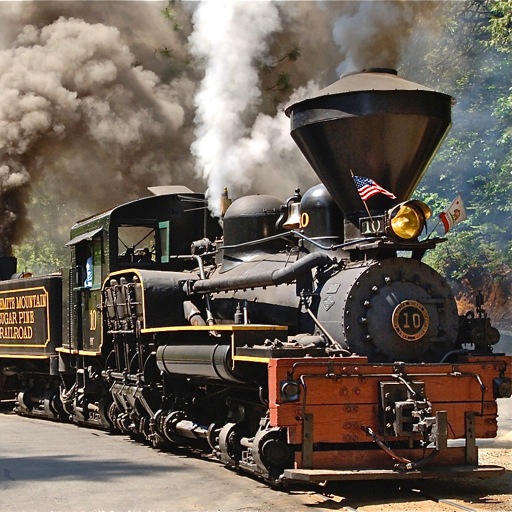In the News
After 34 years of Service, Mary Lou Retires
Dear Master Gardeners,
I was hired to create Integrated Pest Management (IPM) programs for agriculture, but my interest in Master Gardeners started early. I remember attending the California State Fair in the early 1980's and being somewhat horrified to find the UC Master Gardeners answering questions using the Ortho Problem Solver and the Rodale Guide to Organic Gardening. I was told that they relied on these books because UC provided very little garden pest management information. This motivated me to write Pests of the Garden and Small Farm and later to hire Steve Dreistadt to compile Pests of Landscape Trees and Shrubs. From there we moved on to the Pest Notes, Quick Tips, UC IPM web site, UC IPM kiosk, our YouTube channel, blog and Twitter. Master Gardeners embraced and promoted all these products and now UCIPM is as well known for its home and garden information as for agricultural IPM.
I have loved teaching Master Gardener volunteers. They are the most enthusiastic students ever. I learn something every single time I go out and teach a class—and I've taught thousands of them. UC Master Gardeners inspire so much of what we do.
For example, it was Master Gardeners who stimulated our research on convergent lady
beetle releases for aphid control. All the published literature said releases weren't useful, but Master Gardeners challenged this idea. Over a 3-year study, Steve Dreistadt and I found that they were right, and we published several journal articles documenting the results.
Last but not least, thank you to all of you Master Gardener Coordinators. Each of you does an incredible job gently guiding and informing your enthusiastic volunteers. I have watched you in action and you do something special every day.
Sincerely,
2014 UC Master Gardener Conference - Sold Out!
The highly anticipated 2014 UC Master Gardener conference has officially sold out. With nearly 700 attendees and registered guests this year's conference is the largest in the program's history.
Are you interested in being put on the wait-list for future registration openings? Click here and fill out the online survey and be place in line for registration openings, openings are filled in the order the survey is completed.
It's not too late for you (and your guests) to sign up for conference tours! Don't wait to register for one of many exciting conference tours still available:
Campfire and Train Ride
All Aboard! An exciting four mile railroad excursion at Yosemite Park's South gate on Highway 41. Ride into history where powerful locomotives once hauled massive log trains through the Sierra Mountains and where mighty lumberjacks felled the timber and flumes carried the lumber to the distant valley below.
The Sierra National Forest's majestic woods provide the backdrop for this narrow gauge journey back in time. Peer into the past! A New York steak, chicken or vegetarian dinner with all the fixins' is included in the price, and a no host bar is available. Enjoy a campfire under the stars while you listen to a local guide tell stories of times past.
Loofa Farm & Mount Bullion Vineyard
The loofa is a member of the Cucurbitaceae family. Contrary to popular belief, loofas grow on a vine, not in the ocean. Located in the Yosemite foothills, this tour of a working loofa farm is scheduled one week prior to harvest! Handmade crèmes, lotions, soaps and loofahs are available for purchase, and of course, all products are grown and crafted on site.
Following the loofa farm tour you will travel to Mt. Bullion Vineyard, where grapes are grown, fermented, barreled, aged, bottled and cellared. A visit to the winery is by appointment only. Lunch will be provided at the winery. The tour also includes transportation to and from Tenaya Lodge.
Gardens of the Central Valley
Clovis Botanical Garden is the only botanical garden in the San Joaquin Valley. It is a one-acre water-wise demonstration garden that showcases beautiful plants and landscapes appropriate for the hot summers and cool winters of California's Central Valley. While strolling through the garden learn about the “Sensational 70”, plants friendly to Central Valley landscapes which are attractive, water-wise, and non-invasive. Enjoy lunch at the home and garden of one of our own Master Gardeners of Fresno County. This lovely garden demonstrates a diversity of plant materials utilizing sustainable practices, and other unique features.
The Forestiere Underground Gardens is a Fresno City and county historical site and is listed on the National Register of Historic Places. Explore the underground maze of rooms, courtyards, and passageways reminiscent of the ancient catacombs, all hand-carved out of hard-pan. See unique fruit-producing trees, shrubs, and vines growing underground – some over 90 years old. Water, wine and snacks on the return trip to the Tenaya Lodge. Arrive back at the Lodge in time for the Cowboy Dinner, Train Ride, and Campfire.
Mexican Feather Grass: Invasive Beauty can be Deceiving
Mexican Feather Grass (Nassella or Stipa tenuissima) is a wildly popular ornamental grass used by home gardeners and landscape design professionals. Mexican Feather Grass is loved for its graceful, delicate and fine texture – it grows out in a cascade like a beautiful fountain. Plus it is extremely drought tolerant adding to its allure. It's no wonder this ornamental grass has been enthusiastically used in home landscapes. But - don't be fooled by this invasive beauty!
Mexican Feather Grass was recently added to PlantRight's list of invasive plants in California. It produces tens of thousands of seeds, which are dispersed by wind, water or contaminated soil – as well as via automobiles and animal droppings. The seed-bank can persist for more than four years and the plant commonly self-sows in California. Mexican feather grass is capable of overcoming native plants and animal species once it becomes established.
It crowds out pasture grass species as well as native grasses in coastal areas and is found in all landscapes, including: urban spaces, agricultural areas, forests, open grasslands, riparian zones, disturbed land, and shrublands.
Working to Stop Distribution
PlantRight works with leaders in the nursery industry, conservation groups, plant scientists and professional landscapers to find cost-effective ways to stop the sale of invasive plants and Mexican feather grass is at the top of their list. PlantRight is currently working with one of the top growers of Mexican feather grass to stop the sale of 14,000 plants that are ready to ship to retailers. These 14,000 plants are capable of producing more than 980 million seeds each year.
PlantRight Recommended Alternatives:
- Blue grama grass (Bouteloua gracilis 'Blonde Ambition')
- Priarie dropseed (Sporobolus airoides)
- Mexican deer grass (Muhlenbergia dubia)
- Pink Muhly (Muhlenbergia capillaris, esp. 'White Cloud')
- Autumn moor grass (Sesleria autumnalis)
To learn more about Plant Right and how they are working to stop the distribution of Mexican feather grass, visit www.plantright.org.
No Blues for California Blueberries
Summer is upon us, and nothing quite says summer more than eating freshly picked blueberries or using them in delicious desserts. California blueberry growers can find an additional treat - the newly published UC IPM Pest Management Guidelines for blueberry on the UC IPM web site. California is quickly becoming a top producer of blueberries, and the new guidelines can help with management information on blueberry pests such as thrips, light brown apple moth, and spotted wing drosophila with additional information on pesticides and resistance.
It may be hard to believe but as of 1996, blueberry production was limited to colder states like Washington, Michigan, New Jersey, and Oregon, where naturally acidic soils and winter climates suit the traditional highbush varieties. As recently as 1997, California blueberries were only growing on less than 200 acres across the state. According to the latest CDFA statistics, 2012 continued to show what has been an increasing trend for California blueberries, with more than 40 million pounds harvested, $133 million sold, and plantings in more than 4,700 acres spanning San Joaquin, Tulare, Kern, Ventura, and Fresno counties.
In 1995 the University of California Small Farms Program and cooperating farmers started evaluating low-chill southern highbush varieties in San Luis Obispo and Ventura counties. They found that “low-chill” southern highbush varieties offered the most promise for extended season production on the central coast. By 1997, Kearney Agricultural Center trials found that southern highbush cultivars were also well adapted to the semiarid climate of the San Joaquin Valley. Further evaluations identified the best yielding and flavorful cultivars. Initial and ongoing UC Small Farms studies have escalated California blueberry production swiftly up the learning curve, providing California farmers of small to moderate operations a niche in a very competitive market.
Experience Yosemite and Surroundings at Conference Tours
Loofa Farm & Mount Bullion Vineyard
The loofa is a member of the Cucurbitaceae family. Contrary to popular belief, loofas grow on a vine, not in the ocean. Located in the Yosemite foothills, this tour of a working loofa farm is scheduled one week prior to harvest! Handmade crèmes, lotions, soaps and loofahs are available for purchase, and of course, all products are grown and crafted on site.
Following the loofa farm tour you will travel to Mt. Bullion Vineyard, where grapes are grown, fermented, barreled, aged, bottled and cellared. A visit to the winery is by appointment only. Lunch will be provided at the winery. The tour also includes transportation to and from Tenaya Lodge.
Gardens of the Central Valley
Clovis Botanical Garden is the only botanical garden in the San Joaquin Valley. It is a one-acre water-wise demonstration garden that showcases beautiful plants and landscapes appropriate for the hot summers and cool winters of California's Central Valley. While strolling through the garden learn about the “Sensational 70”, plants friendly to Central Valley landscapes which are attractive, water-wise, and non-invasive. Enjoy lunch at the home and garden of one of our own Master Gardeners of Fresno County.
The Forestiere Underground Gardens is a Fresno City and county historical site and is listed on the National Register of Historic Places. Explore the underground maze of rooms, courtyards, and passageways reminiscent of the ancient catacombs. See unique fruit-producing trees, shrubs, and vines growing underground – some over 90 years old. Water, wine and snacks on the return trip to the Tenaya Lodge. Arrive back at the Lodge in time for the Cowboy Dinner, Train Ride, and Campfire.
Campfire & Train Ride
All Aboard! An exciting four mile railroad excursion at Yosemite Park's South gate on Highway 41. Ride into history where powerful locomotives once hauled massive log trains through the Sierra Mountains and where mighty lumberjacks felled the timber and flumes carried the lumber to the distant valley below.
The Sierra National Forest's majestic woods provide the backdrop for this narrow gauge journey back in time. Peer into the past! A New York steak, chicken or vegetarian dinner with all the fixins' is included in the price, and a no host bar is available. Enjoy a campfire under the stars while you listen to a local guide tell stories of times past.
This is just a small sampling of the many exciting tours offered at this year's conference. Don't miss this incredible opportunity to explore this part of California with your fellow Master Gardener friends and family. Click here to learn about all of the conference tours offered!





